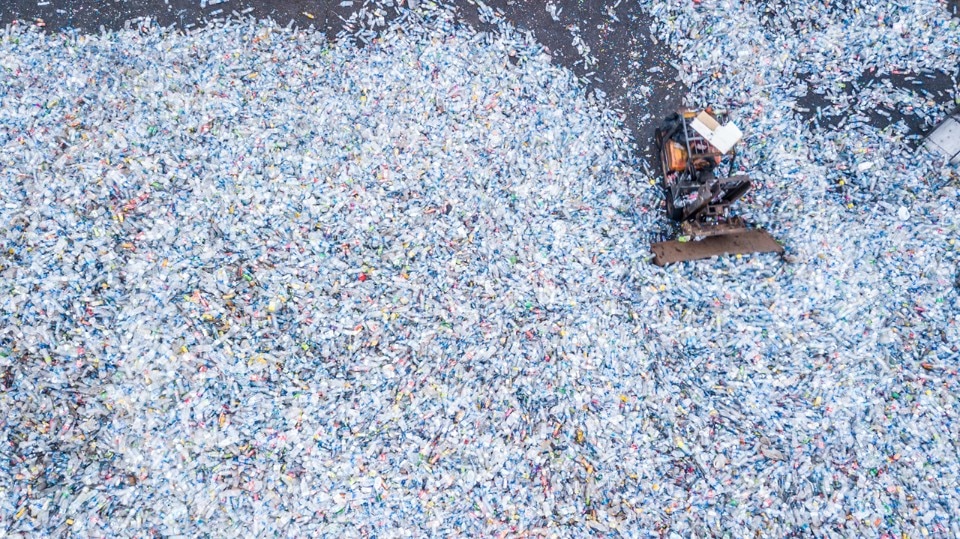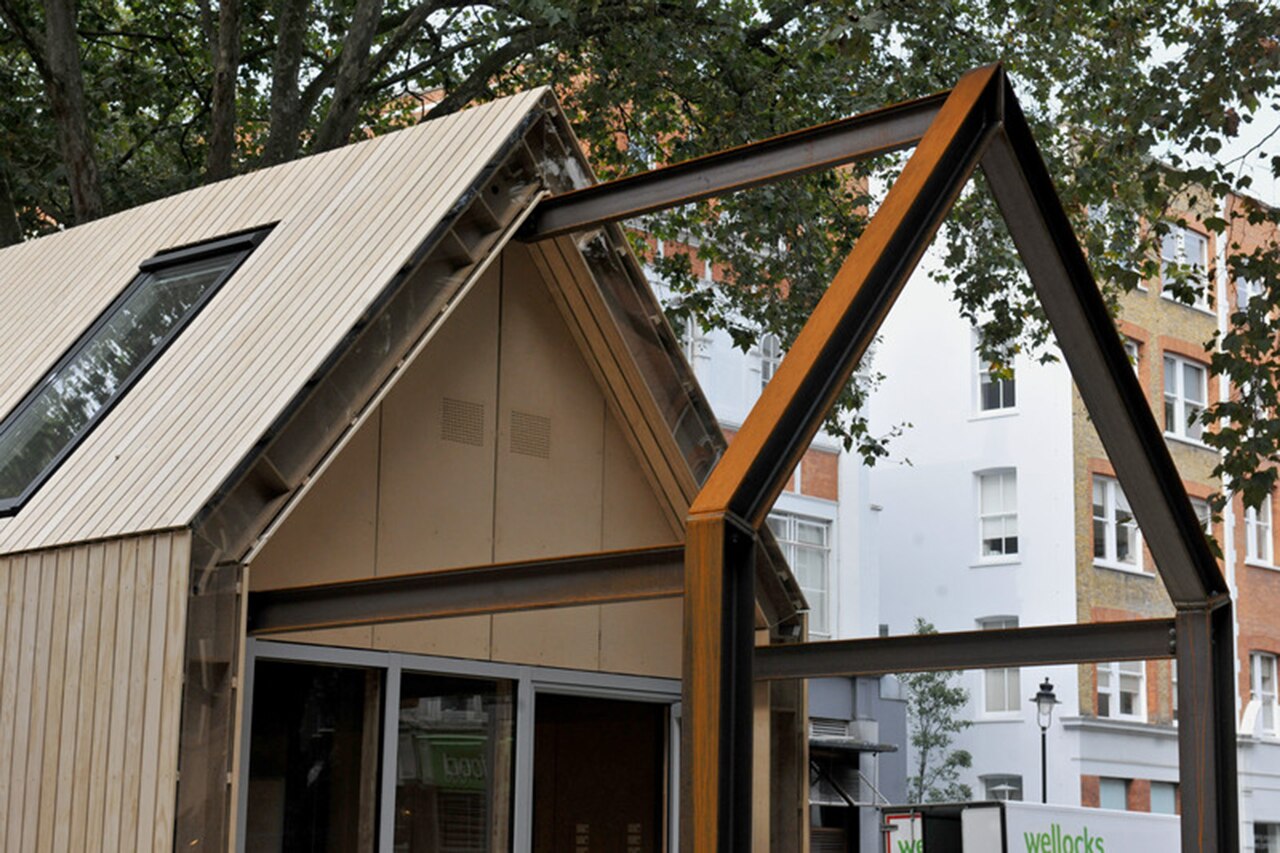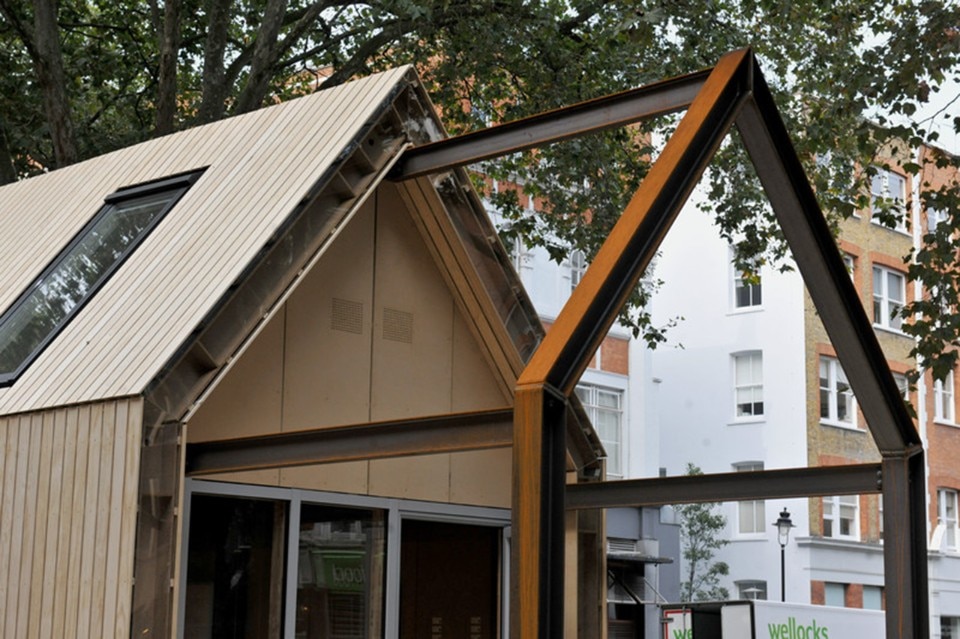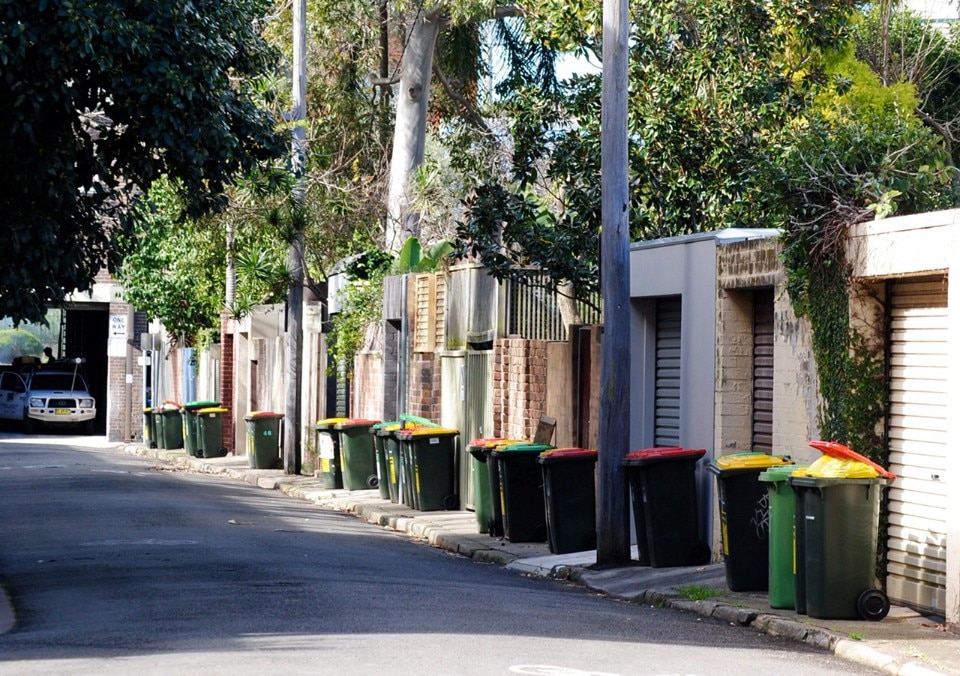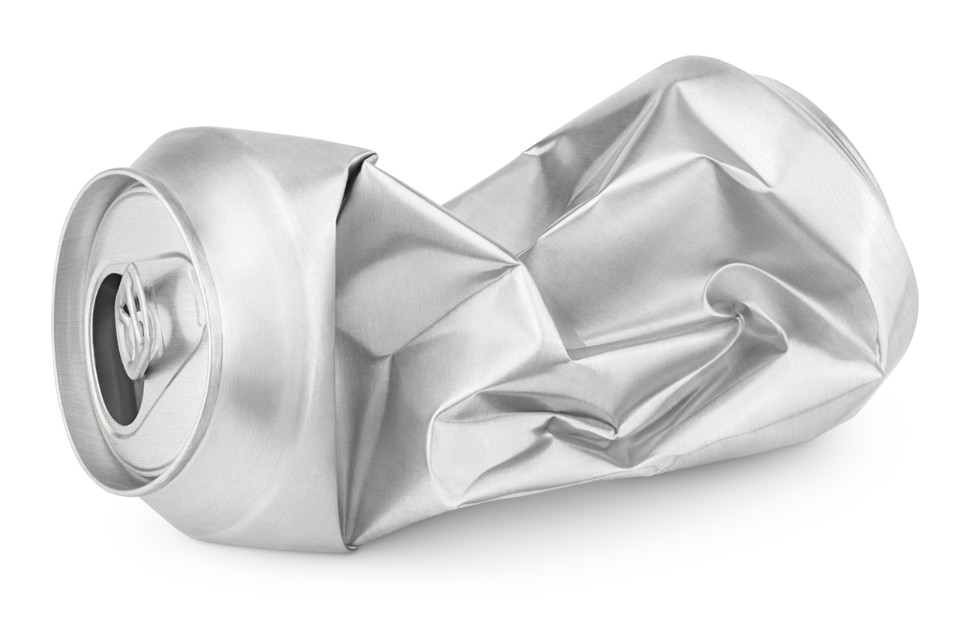This theme recalls a seminal 1962 essay by anthropologist Mary Douglas on dirt and culture. For Douglas, every culture has some concept of dirt which is relative to its circumstances and needs. “There is no such thing as absolute dirt,” she says. What she means is that almost anything can be termed dirt if it is in the wrong place. When reckoning with the chaos of existence, she argues, each culture tries to create some kind of symbolic and physical order. Even language itself is a form of order, which Douglas puts down to an effort to make sense of our “inherently untidy” experience.
In spite of our valiant efforts, any attempt to maintain systems of classification will encounter anomalies, ambiguity, and intermediate states. There will always be things which do not quite fit in, and they will invariably be termed ‘dirt’, ‘waste’, ‘by-products’ or ‘pollution’. The representation of something as dirt thus not only charges it with meaning, it suggests that an institutional or social practice of aversion is necessary in response to maintain order.
This cultural process of sublimating dirt is fundamental to the way we manage our cities. As Professor Michele Acuto from Melbourne University explicated in the workshop ‘Circular Thinking: Where Does my Recycling Go?’ staged by Assemble Papers, there is an international trade in ‘waste’ and ‘recycling’ worth US$200 billion every year. Once precious metals, paper, glass, plastics, and organic matter are classified as waste, there is a prerogative to exclude them. They are exported to other countries, where they transform into resources, often subject to processing and traded on.
The value of understanding the symbolic function of dirt is that it gives us an opportunity to reconsider waste products as potentially valuable, not merely as substances that harm or threaten order. In this vein, the three workshops curated by Assemble Papers on the circular economy, encouraged to think with circularity, to devise systems that do not exclude and distance, but which continuously incorporate all things as a matter of course.
Several other events also challenged the value and meaning of waste. The ‘Waste Challenge: Live Pitch’ at the National Gallery of Victoria, ‘Waste in Time’ panel discussion at Melbourne University and the ‘Welcome to Wasteland’ exhibition at gallery Compound Interest challenged conventional processes of design and exhibition. They did this by exhibiting all the offcuts or refuse from the design production process as a centerpiece, and by showing design objects made from recovered or repurposed materials, many of which are often treated with aversion such as hospital waste, pig’s blood, industrial waste, and food waste.
Benign materials include offcuts such as rubber bands in Adam Cornish’s ‘Postal Chair’, or the ‘Bellbottom Lounger’ made by Danny Nao and Adam Goodrum from denim pulp. With ‘Archeologic Vase’ Guy Keulemans with Kiyotaka Hashimoto use a form of stapling, an ancient technique used to repair ceramics, to create a new vase from recycled stoneware. Industrial Designer Maddison Ryder won the tertiary category of the ‘Waste Challenge: Live Pitch’ with her work ‘Lettuce Eat’, that is disposable biodegradable plates made from lettuce and xanthan gum which she collected from supermarkets, crushed, dried in the sun, and then later laser cut into picnic plates.
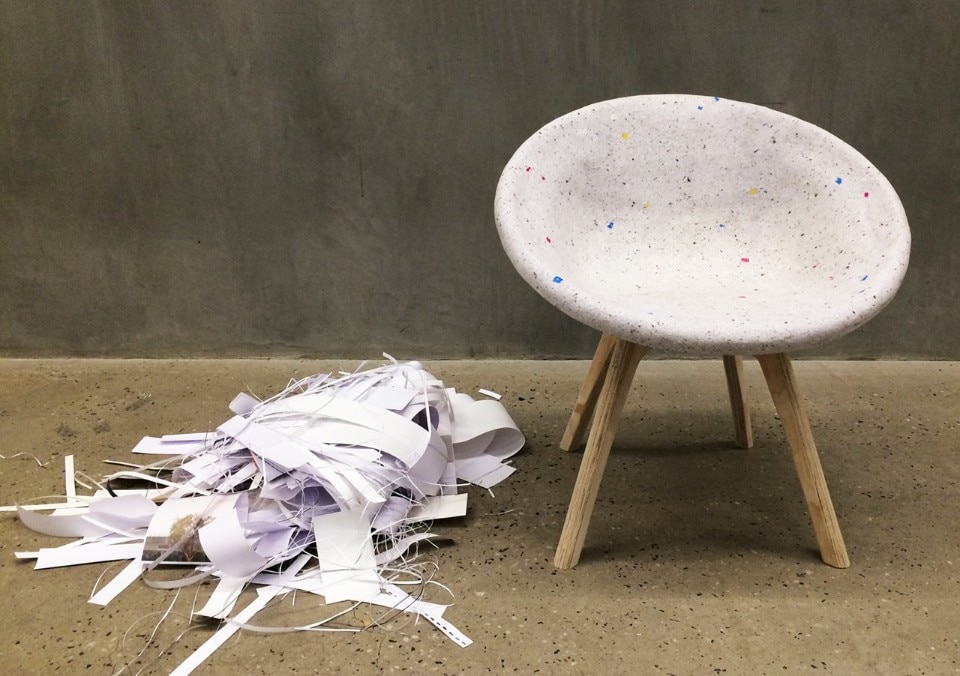
Perhaps more controversially, ‘Platelet(te)’ by Basse Stittgen and Liam Fennessy reintroduced aspects of a 19th century practice of heating and dehydrating an animal waste product, pig’s blood, and combining it with cellulose type fillers to create a dense set plastic for objects such as jewelry boxes, clocks and interior frames. While animal products are commonly used as fertiliser, they are nowadays rarely used in interior furnishings and decoration.
While these methods may seem innovative, what if our nomenclature, the very definition of these materials of waste maintains the very order that requires its sublimation? And what is the relation of dirt to toxicity, to materials whose properties are not merely “matter out of place” but are actually poisonous?
The symposium Toxic Cities invited a number of expert designers to present their own solutions. Joost Bakker, described his project ‘How the waste was won’, a series of toilets for Melbourne’s Food and Wine Festival which harvested nitrogen rich urine for agricultural production of mustard seed. Bakker argues we are making a mistake by focusing on the threat of these substances, rather than the opportunity they provide to solve other problems.
Speakers like Ross Hardy from Finding Infinity challenged us to come to terms with like likelihood of human extinction, unless we treat the threat of global warming as a turning point for civilization and develop new urban solutions which drastically change our way of living, such as electrifying architecture and transport, recycling water, and abolishing landfill.
In his keynote Daan Roosegarde described similarly dark motivations, describing Beijing as “a city so polluted I almost started to smoke again just to feel healthy”. To find some respite he designed a tower in an urban park which vacuumed the smog in order to provide the park with air that was 20-70% cleaner. “Living and working in Beijng…you wake up in the morning you really feel trapped and its everywhere, in your clothes, in your nose, in your body….so I felt just this very urgent desire to make an oasis”. For another project he even compressed the carbon from the smog into a type of diamond, for use as jewellery.
The answer is perhaps to reimagine how we perceive waste, considering it like other potent substances, as a potent resource or, in the wrong doses, as a poison. Imagination is core to these ideas, as to start to think our way out of these problems it’s important to be able to imagine things differently. To facilitate cultural change, new names and language will also be crucial, as what we call things inevitably influences how we treat them. As Roosegaarde says, “the future should be poetic, practical, little bit crazy – for it’s the only way to move forward”.
- Event:
- The Melbourne Design Week 2019
- Opening dates:
- 14th-24th March 2019
- Venue:
- Melbourne, Australia

